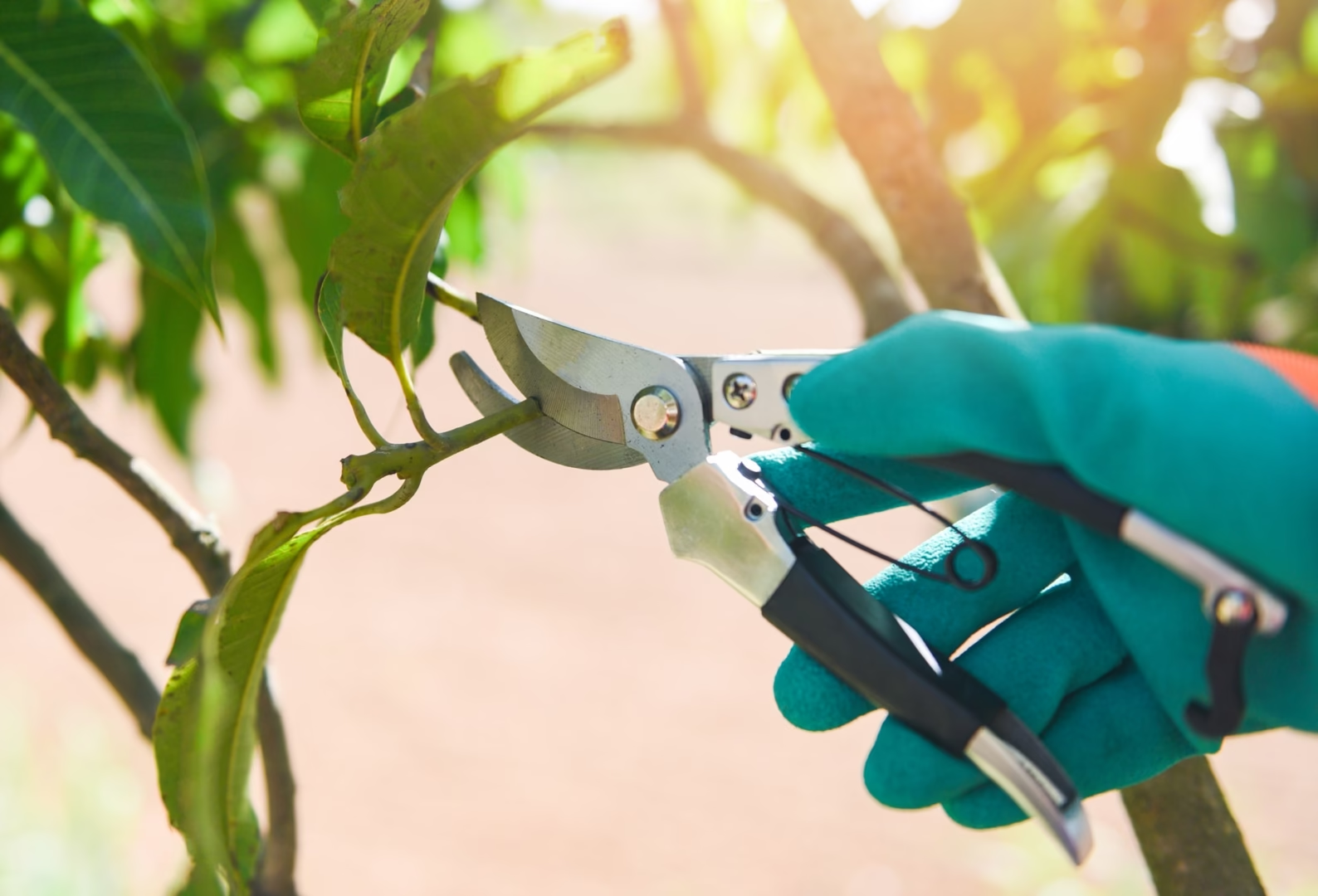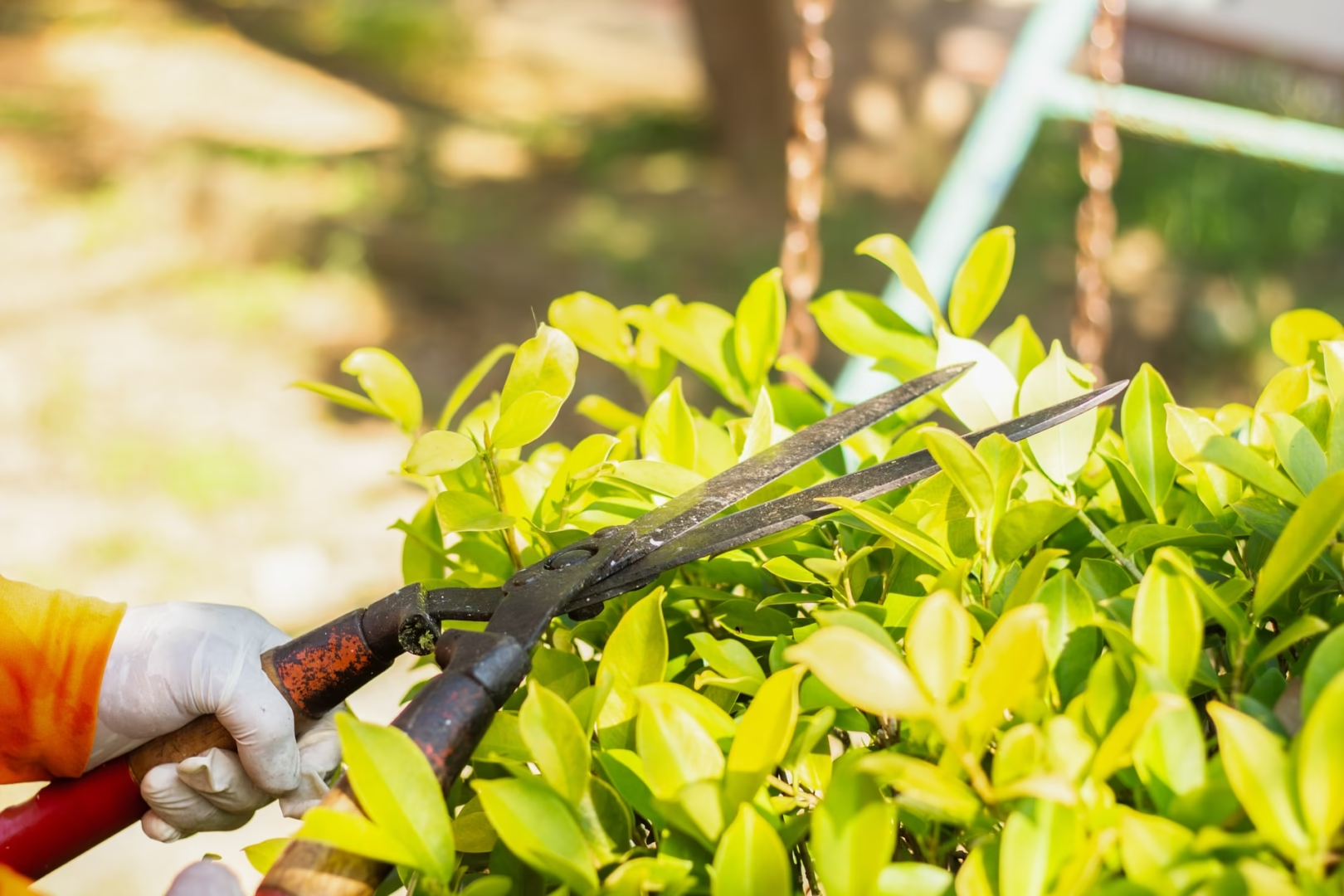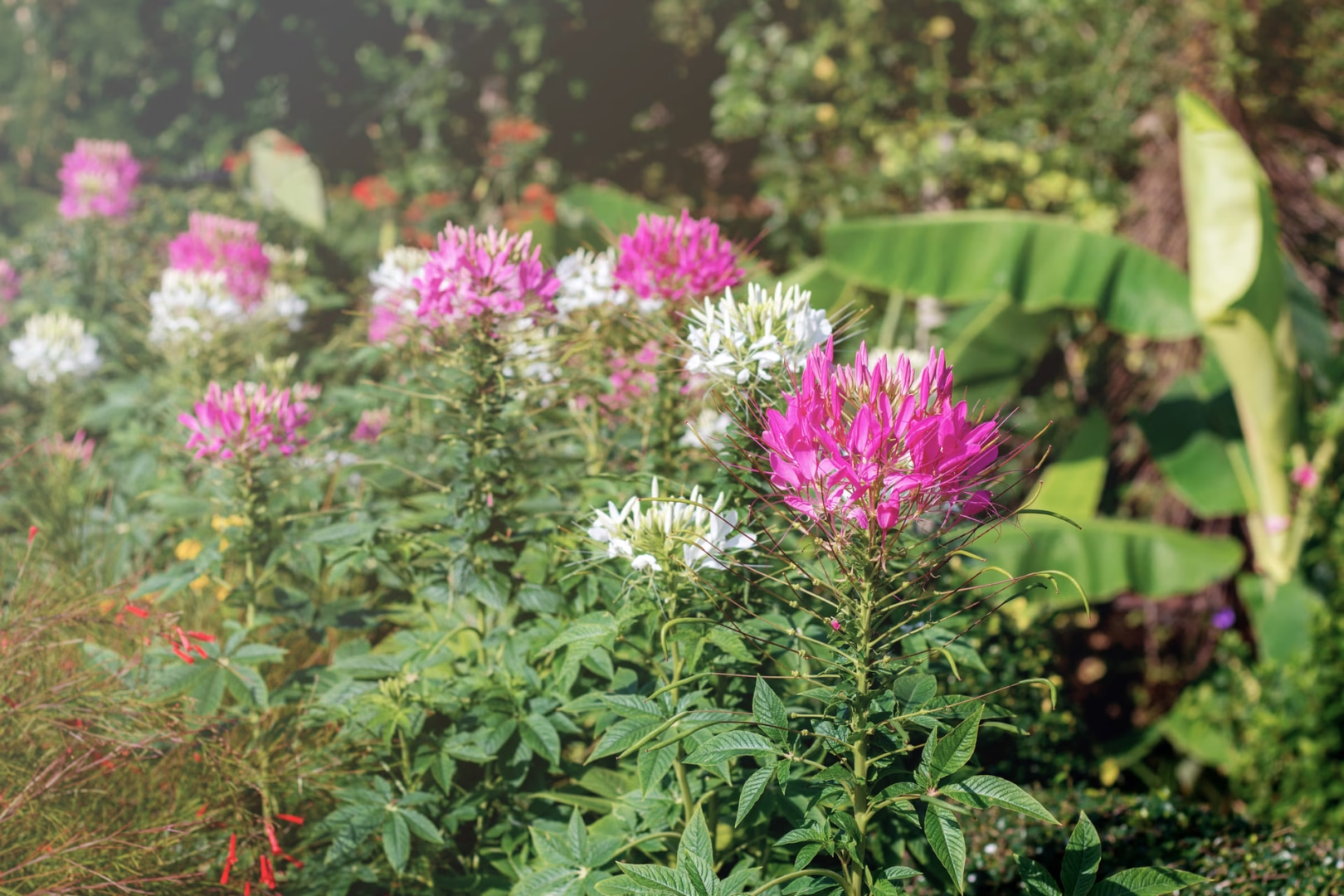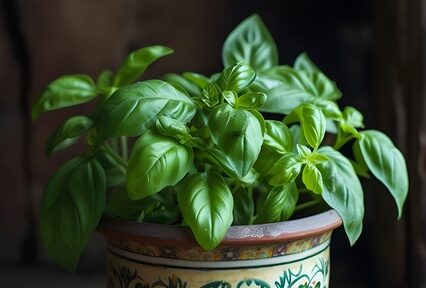Our guide offers expert tips to refresh your garden, nurture healthy plants, and create stunning seasonal displays.
Assess Winter Damage in Your Garden
After the harsh winter conditions, your garden may show signs of wear and tear that need careful evaluation before you begin beautification efforts.
Assessing winter damage is the crucial first step in transforming your outdoor space back to its vibrant, healthy state.
Start by inspecting your plants for broken branches, frostbite, or dieback.
- Look closely at trees and shrubs for any cracks in the bark
- Examine areas where freezing temperatures may have damaged the wood
- Don’t forget to check your lawn for patchy or discolored spots
In addition to plant health, examine garden structures such as fences, trellises, and raised beds for signs of wear caused by snow, ice, or heavy winds.
Drainage areas should also be reviewed to ensure that melting snow hasn’t caused flooding or soil erosion.
Clear Debris and Preparing the Soil
After the harsh winter months, your garden is likely scattered with fallen leaves, broken branches, and other debris that can hinder new growth.
The first step in transforming your garden is to thoroughly clear away this winter residue.
- Use a rake to gather leaves and twigs
- Discard any dead plants or weeds that may have taken hold
Removing this debris not only tidies up your space but also helps prevent pests and diseases from lingering.
Once your garden is clean, it’s time to prepare the soil for planting.
- Start by loosening the soil with a garden fork or tiller
- Break up compacted areas to improve aeration and drainage
- Add organic matter such as compost or well-rotted manure to enrich the soil
- Remember to test your soil’s pH level so you can amend it accordingly.
Taking the time to clear debris and properly prepare your soil sets a strong foundation for a flourishing garden. With nutrient-rich, well-aerated soil, your plants will have the best possible start to grow lush and beautiful throughout the season.
Prune and Trim Dormant Plants
This essential step is important for two main reasons. One, it helps to remove any dead or damaged branches caused by the harsh winter weather. Two, it also encourages healthy new growth when the growing season begins.

Focus on cutting back overgrown shrubs, hedges, and perennials. This helps shape them neatly and improve air circulation, which can prevent disease and pest infestations.
- When pruning, use clean, sharp tools
- Make precise cuts just above a bud or branch junction
- Be mindful of each plant’s specific needs
- Some thrive with a hard prune, while others require only light trimming
- Remove spent flower heads
- Thin out crowded branches to allow sunlight to reach the inner parts of the plants

Thinning out fosters a lusher and more vibrant garden come springtime.
Choose the Right Plants for Spring
Selecting the perfect plants for your spring garden is essential to creating a vibrant and flourishing outdoor space after the long winter months. Before you select, consider these tips:
- your local climate
- soil type
- the amount of sunlight your garden receives daily
Spring is an ideal time to introduce a mix of early bloomers like tulips, daffodils, and crocuses, which add bursts of color and signal the season’s arrival.
Incorporate perennials such as peonies, irises, and daylilies that can provide lasting beauty year after year with minimal maintenance.
Don’t forget to include some hardy shrubs and ground covers to add structure and fill in bare spots as your garden transitions from winter dormancy.
Refresh Your Garden Beds with Mulch
After the harshness of winter, your garden beds often look tired and depleted. One of the simplest yet most effective ways to rejuvenate them is by refreshing your mulch.

Mulch serves improves the appearance of your garden beds by providing a neat, uniform look besides other numerous practical benefits.
- Start by removing any old, compacted mulch
- Clear away debris like dead leaves and weeds
- The two steps prepare the soil to absorb nutrients and moisture more effectively
- For a new mulch, consider options such as bark chips, straw, or compost
- Apply a fresh layer of mulch, about 2 to 3 inches thick
A fresh mulch layer helps retain soil moisture, suppresses weed growth, and moderates soil temperature, creating an ideal environment for your plants to thrive as spring approaches.
Additionally, as organic mulch breaks down over time, it enriches the soil with valuable nutrients.
Remember to keep mulch a few inches away from plant stems and trunks to prevent rot and pest issues.
Fertilize to Boost Growth
Fertilizing your garden is a crucial step in revitalizing your plants and encouraging vigorous growth after the harsh winter months
As the soil warms up, nutrients become essential to support new shoots, flowers, and leaves.
Choosing the right fertilizer depends on the types of plants in your garden and the condition of your soil.
For general garden beds, a balanced, slow-release fertilizer rich in nitrogen, phosphorus, and potassium will provide steady nourishment.
If you have flowering plants or fruiting vegetables, look for fertilizers with higher phosphorus content to promote blooms and fruit development.
Before applying fertilizer, consider performing a soil test to identify nutrient deficiencies. Avoid over-fertilizing, which can harm plants and the environment.
Apply fertilizer evenly around the base of plants, taking care not to pile it directly against stems or trunks. Water the area thoroughly after fertilizing to help nutrients penetrate the soil and reach the roots efficiently.
Start Seeds Indoors for Early Bloomers
Starting seeds indoors is a fantastic way to get a head start on your garden, especially after the long winter months.

By nurturing early bloomers inside, you can enjoy vibrant colors and fresh growth well before the outdoor growing season is in full swing.
This method will extend your gardening calendar and give you greater control over the delicate early stages of plant development.
To begin:
- Choose seeds of flowers or vegetables that thrive when started indoors, such as tomatoes, peppers, marigolds, or petunias
- Use seed trays or small pots filled with a quality seed-starting mix
- Keep the soil consistently moist but not waterlogged
- Position your containers in a warm, well-lit area—near a south-facing window or under grow lights works best.
As seedlings sprout, make sure they receive plenty of light to prevent them from becoming leggy and weak.
Once the outdoor temperatures stabilize and the risk of frost has passed, you can gradually harden off your seedlings. This can be achieved by exposing them to outdoor conditions for a few hours each day over a week. This process helps the young plants acclimate and thrive when transplanted into your garden beds.
Starting seeds indoors comes with benefits:
- It saves time
- It can be a rewarding way to connect with your garden from the very first signs of spring
- You have a chance to get early bursts of color and a lush
Incorporate Perennials for Long-lasting Beauty
One of the smartest ways to ensure your garden remains vibrant and full of life year after year is by incorporating perennials into your landscaping.
Unlike annuals that complete their life cycle in a single season, perennials come back season after season. This means they provide consistent color, texture, and structure to your garden with minimal effort.
After the harshness of winter, these resilient plants bounce back beautifully, often flourishing as the temperatures rise.
When selecting perennials, consider a mix of varieties that bloom at different times throughout the growing season. This strategy ensures your garden stays colorful and interesting from early spring well into late fall.
Popular choices known for their hardiness and visual appeal include:
- Coneflowers
- The black-eyed Susans
- The hostas
Additionally, many perennials attract beneficial pollinators like bees and butterflies, helping to create a thriving ecosystem in your garden.
To get the most out of your perennials, plant them in well-prepared soil enriched with organic matter. And pay attention to their sunlight and watering needs.
Grouping plants with similar requirements together not only supports their health but also makes maintenance easier.
Design Colorful Plant Combinations
Creating vibrant and visually appealing plant combinations is key to transforming your garden into a lively, colorful oasis after the dullness of winter.
When designing these combinations, start by considering the color wheel to choose plants with complementary or analogous colors. This will create harmony and contrast in your garden beds.

For example, pairing deep purple lavender with bright yellow marigolds can add a striking pop of color. Also, softer shades like pink peonies alongside white daisies offer a more subtle and elegant look.
In addition to color, think about the varying heights, textures, and bloom times of your plants to ensure your garden maintains interest throughout the seasons.
Mixing tall plants like delphiniums with low-growing ground covers such as creeping thyme can provide depth and dimension.
Also, incorporate a variety of leaf shapes and foliage colors. Consider silver-gray lamb’s ear or variegated hostas to add texture even when flowers are not in bloom.
Finally, try seasonal bulbs like tulips and daffodils alongside perennials and annuals. These can create dynamic displays that evolve as your garden grows.
Install Garden Features and Decorations
Adding garden features and decorations is a wonderful way to transform your outdoor space and bring it to life after the long winter months.
- Consider installing features such as birdbaths, garden statues, or decorative trellises to add character and charm
- Water features like small fountains or ponds can introduce soothing sounds and attract wildlife
- Try practical additions like benches or pergolas, which provide comfortable spots to enjoy your revitalized garden
When selecting decorations, aim for pieces that complement the overall style of your garden and blend harmoniously with the plants and natural surroundings.
Encourage Wildlife and Pollinators
Inviting wildlife and pollinators into your garden enhances both its natural beauty and plays a crucial role in maintaining a healthy and thriving ecosystem.
After the harshness of winter, your garden can become a sanctuary for bees, butterflies and birds. There could be other beneficial creatures that contribute to pollination and pest control.
To encourage these vital visitors, consider the following ideas:
- Plant a diverse range of native flowering plants that bloom at different times throughout the growing season
- Incorporate nectar-rich flowers like lavender, coneflowers, and wildflowers to provide a steady food source
- Also create habitats such as birdhouses, insect hotels, and small water features to offer shelter and hydration
- Avoid using chemical pesticides and herbicides, as they can harm these helpful species



